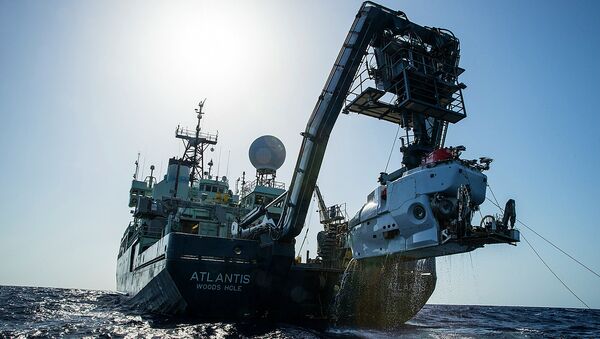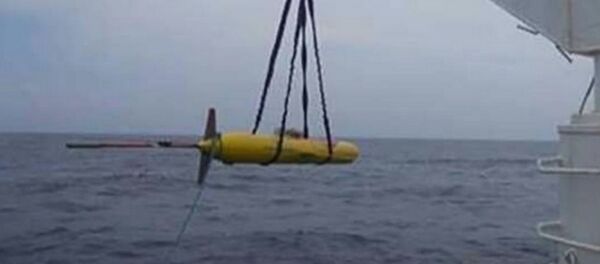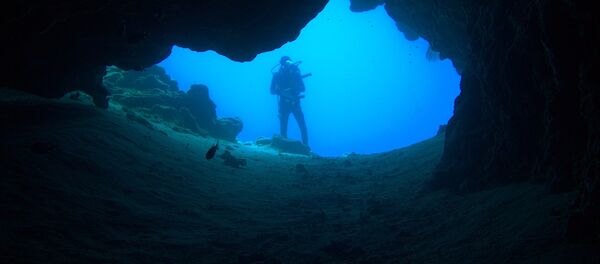China’s deepest-going unmanned submersible, the Haidou-1, dived to 10,767 meters in August 2016.
China is among the world’s five countries (the US, Russia, France and Japan) that build submersibles capable of reaching ocean deaths of 6,000 meters and more.
“China has been developing deep-sea vehicles since the 1980s and with Russian assistance – since the 1990s. The Jiaolong was jointly developed during the 2000s by CSIC, Russia’s Krylov State Research Center and the Baltic Shipyard in St. Petersburg,” Vasily Kashin continued.
Earlier, Russian specialists helped in the development of China’s first manned submersibles capable of diving to 6,000 meters and more, and of a variety of unmanned undersea vehicles.
The AS-12 nuclear-powered deep-sea stations to be found on the BS-64 Podmoskovye and BS-411 Orenburg submarines can reportedly dive to between 3,000 and 6,000 meters below the surface. They are also equipped with robotic arms to perform various tasks on the ocean floor.
“In theory, such deep-sear sea vehicles can latch onto or destroy underwater cables and damage underwater long-range submarine tracking systems like the US’ SOSUS system,” the expert observed.
The United States also has special-purpose seep-sea submarines like the USS Jimmy Carter.
“China’s bid to rule the waves in the Pacific will also necessitate considerable financial inputs into the construction of specialized deep-sea vehicles, and the current development of scientific and industrial submersibles will be of great help in obtaining the necessary knowhow to make this happen,” Vasily Kashin said in conclusion.
Never miss a story again — sign up to our Telegram channel and we'll keep you up to speed!




